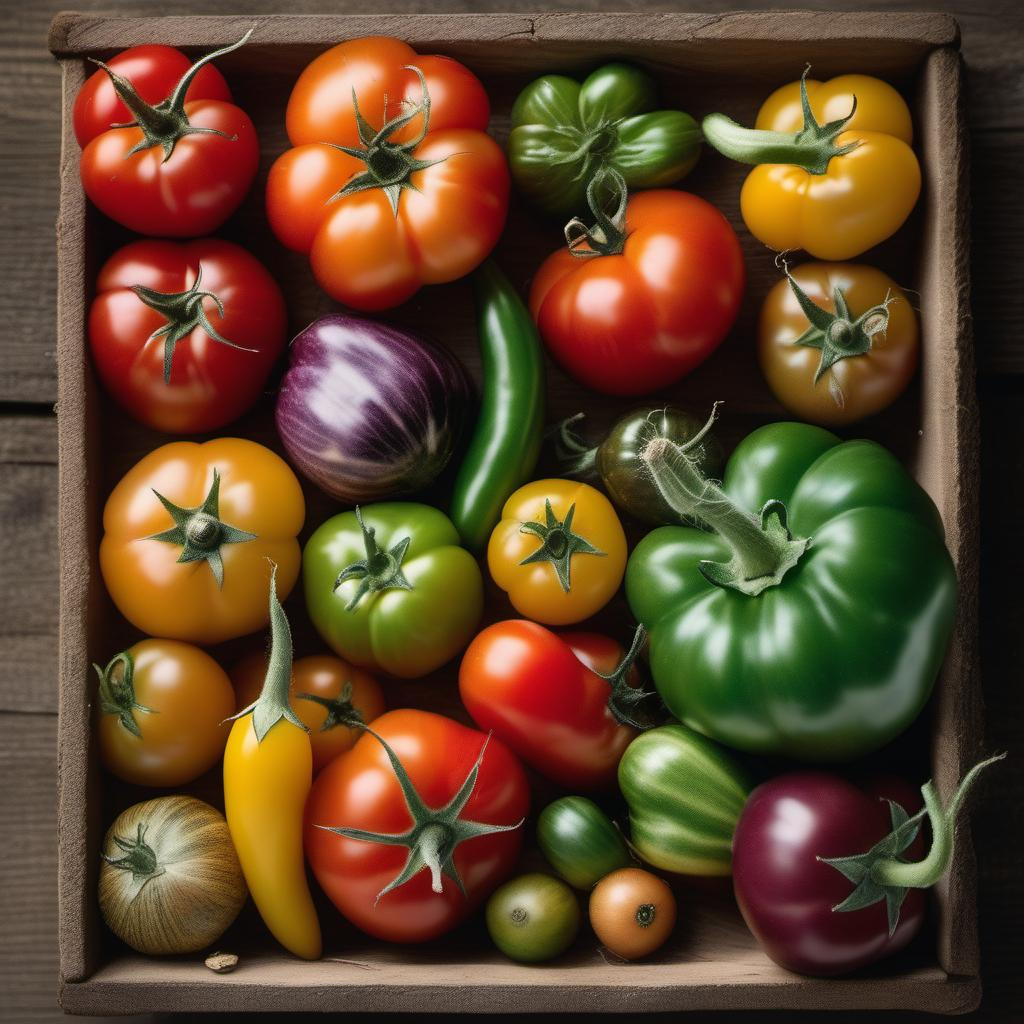
In a world dominated by mass-produced, genetically uniform crops, heirloom varieties are quietly holding the key to preserving agricultural biodiversity — and possibly securing the future of our food system. But what exactly are heirloom crops, and why do they matter so much in the fight to protect biodiversity?
What Are Heirloom Crops?
Heirloom crops are time-honored plant varieties passed down through generations, carefully preserved for their unique flavors, resilience, and genetic diversity. Unlike modern hybrid crops bred for uniformity and high yields, heirloom plants have adapted to specific local conditions over decades — sometimes even centuries. These open-pollinated varieties maintain their distinct characteristics and produce seeds that farmers can save and replant year after year.
Why Biodiversity Needs Heirloom Crops
Biodiversity is the foundation of a resilient food system. When agricultural landscapes become dominated by a narrow range of genetically identical crops, they become highly vulnerable to pests, diseases, and environmental changes. Heirloom crops, with their rich genetic diversity, act as a natural buffer against these threats.
- 1. Genetic Resilience
- Heirloom varieties are naturally more resistant to pests and diseases because of their broader gene pool. This diversity reduces the need for chemical pesticides and promotes more sustainable farming practices.
- 2. Climate Adaptation
- As global temperatures rise and weather patterns become more erratic, the ability of heirloom crops to thrive in diverse conditions is becoming increasingly valuable. Their deep genetic roots give them a natural edge in adapting to environmental stresses.
- 3. Flavor and Nutritional Value
- Unlike many commercial crops bred for shelf life and transportability, heirloom vegetables and fruits retain their original, vibrant flavors and often pack higher nutritional value. This makes them not only a smart choice for sustainability but also a win for taste and health.
How Growing Heirloom Crops Supports Conservation
By cultivating heirloom crops, gardeners and small-scale farmers are actively participating in biodiversity conservation. Saving and exchanging heirloom seeds helps maintain genetic variety, ensuring that rare plant traits are preserved and passed on. This grassroots approach to seed saving creates a decentralized network of genetic preservation — something large-scale agriculture cannot replicate.
Bringing Heirloom Crops into Your Garden
Interested in making a difference from your own backyard? Start by sourcing heirloom seeds from reputable suppliers or seed exchanges. Opt for varieties well-suited to your local climate and growing conditions. Tomatoes, peppers, beans, and lettuce are some of the easiest heirloom crops to start with — and they often produce richer flavors than their hybrid counterparts.
The Future Depends on Heirlooms
Preserving biodiversity isn’t just about protecting plants — it’s about safeguarding food security, environmental health, and cultural heritage. By choosing to grow heirloom crops, you’re taking a stand for a more resilient and flavorful future.
Ready to explore the world of heirloom gardening? Start small, plant with intention, and be part of a global movement to protect our agricultural legacy — one seed at a time.

